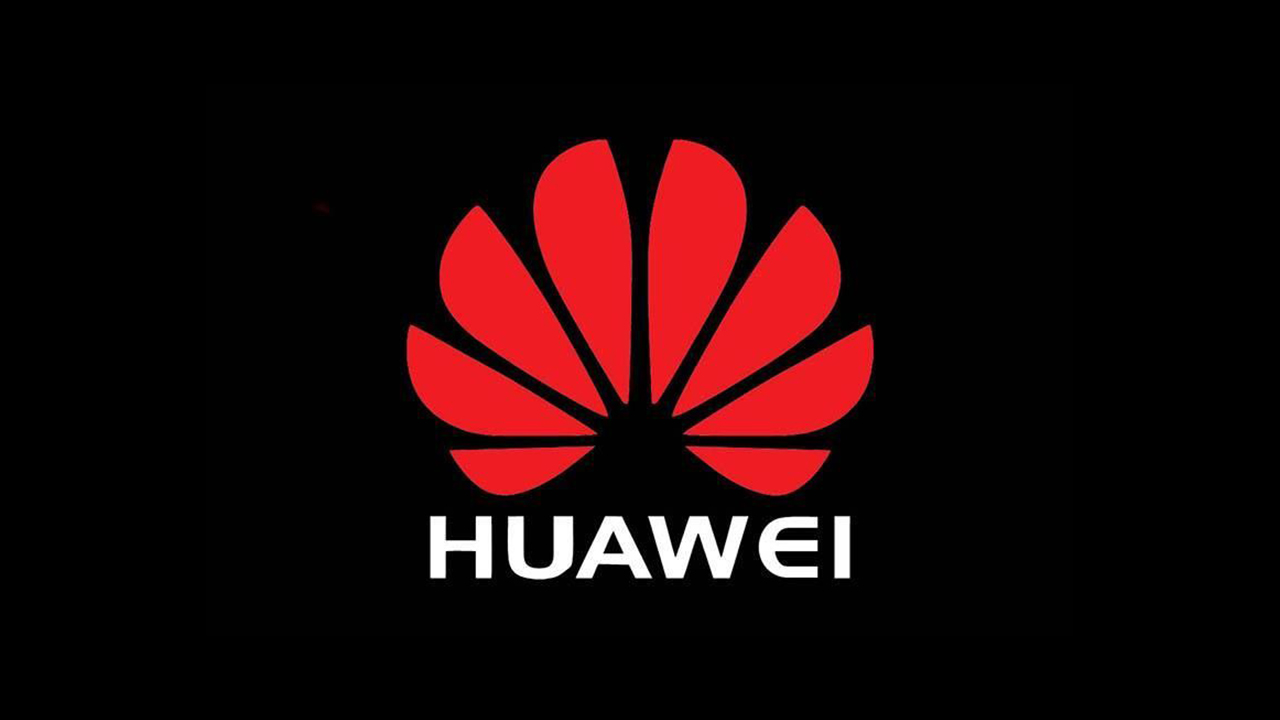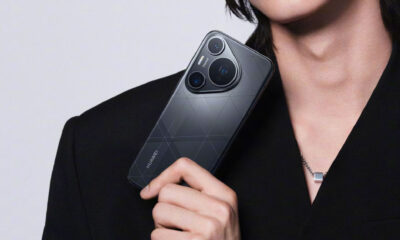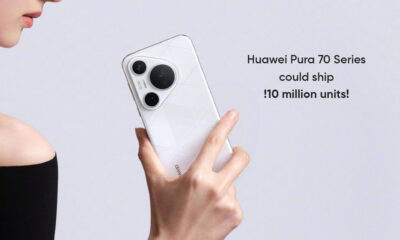News
Huawei started reducing its reliance on U.S. suppliers to keep moving forward: Report

The U.S. ‘Entity-List’ has included Huawei to ban its business U.S. firms but the Chinese tech giant has started to find its way out the situation and reducing dependence on US technology by moving to alternative suppliers.
Huawei is ready to beat Apple, Samsung, and Qualcomm with its best-ever chips
As a result of its greater self-reliance, Huawei’s longer-term supply chain will be permanently altered, sources familiar with the company’s strategy said. The moves will have consequences for many of the biggest names in the U.S. semiconductor industry, including Micron Technology, Qualcomm, Broadcom and Texas Instruments, which count the Chinese company as a major customer, reported NikkeiAsia.
“You will still see a lot of U.S. components in its new products in the second half of this year,” one of the sources said. “But in the next one to three years, Huawei’s priority will be to figure out detailed backup plans and imagine a world without American suppliers.”
In Mid-May, the US Commerce Department added Huawei into the blacklist and barred the company from buying US technologies, used to produce its products specifically smartphones.
Because of this decision not only Huawei lost some of its business but U.S. firms also got a setback in their share markets.
Therefore several tech giants in the US have shown their concerns to President Donald Trump, who promised to soften restriction on Huawei as a negotiation to resolve trade issues with China.
On July 21, CEO of Intel, Qualcomm, Broadcomm, and Google met Trump on the issue of trade licensing for Huawei. As he agreed on their request for a timely license application to supply the Chinese telecom giant.
“Even so, Huawei will not stop its efforts to reduce dependence on American suppliers” told source.
In an interview with Huawei Finance, Huawei founder and CEO Ren Zhengfei told the company plans to ship 270 million smartphones this year to grow 30% sales and higher than any of its previous sales goal. While the founder previously said that US trade ban will hurt the company’s smartphone sales in overseas markets.
But Huawei appears to be making progress on replacing U.S.-based suppliers with Asian alternatives. It has already shifted orders of cellular power amplifiers and Wi-Fi chips once bought from Skyworks, Qorvo and Broadcom to Japan’s Murata Manufacturing and Taiwan’s RichWave, one of the sources said.
Huawei is also using its own design of power amplifier and radio frequency components into production this year with Taiwan’s WIN Semiconductors, said three sources.
Remus Hsu, a tech analyst at Taipei-based Market Intelligence & Consulting Institute, said Huawei’s goal to ship 270 million handsets this year was optimistic, even as the company’s shift toward self-made components and non-U. S. suppliers start to bear fruit.
“Huawei is making a lot of effort to reduce its reliance on the American suppliers,” said Hsu, who has watched the company for a long time. “But the sales performance of its smartphones in the second half of this year will depend on if it can get support from worldwide telecom operators.”
The main issue with its smartphone goal to attain this sales mark is depends on whether Huawei will have access to Google’s Android operating system and whether apps run smoothly, the analyst said.
As it seems like Huawei will stick with Android and will get a resumption of Android services in time because the company has claimed that it has not built any operating system alternative for Android.
Following the arrest of Chief Financial Officer Meng Wanzhou, Huawei has aggressively stockpiled components and certified alternative non-U. S. suppliers, which has helped it to stick to its launch schedules.
By judging the current situation, we can say that Huawei is capable of retaining its 2nd smartphone vendor rank in the global market this year and recent figures of the smartphone shipment sales show that Huawei has already started its sales recovery program globally.







